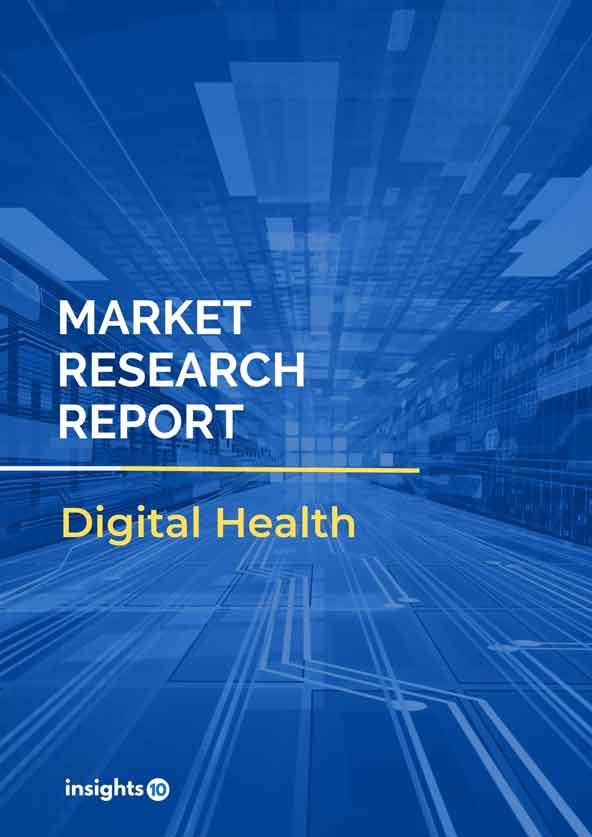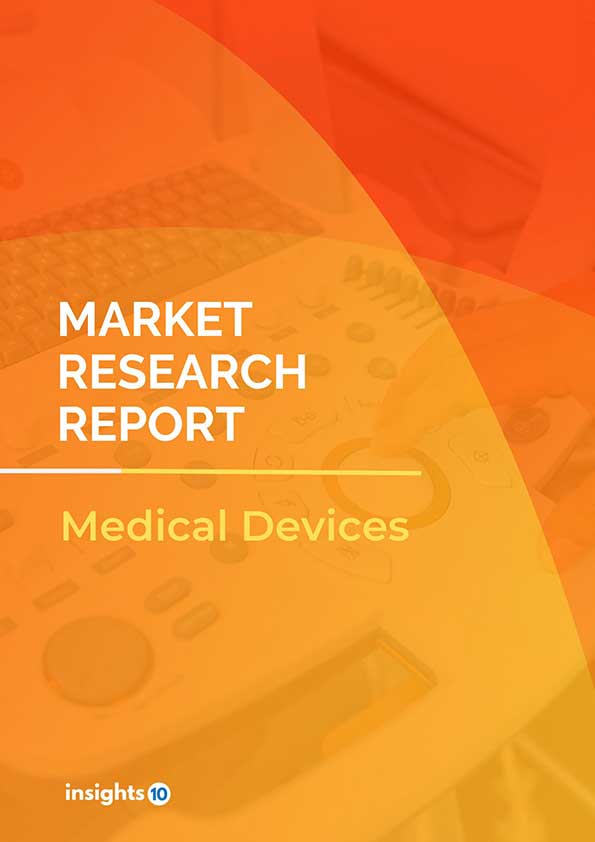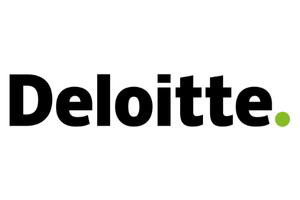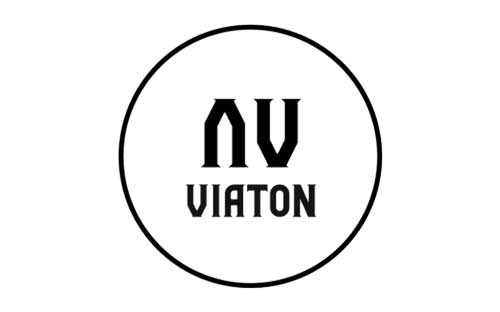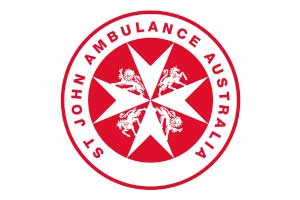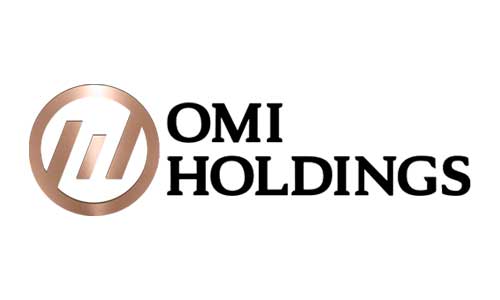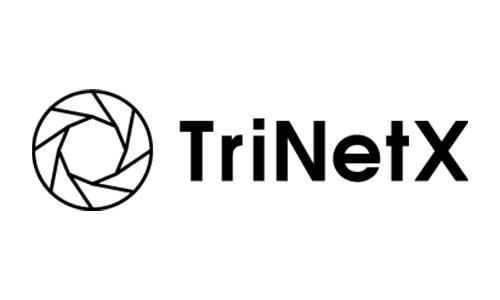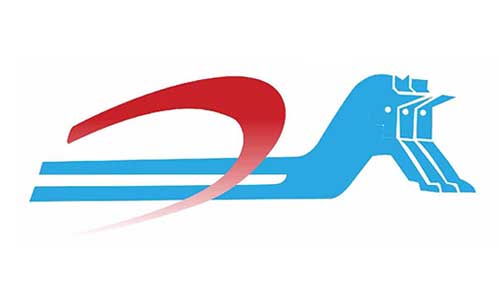Qatar HIV Therapeutics Market Analysis
Qatar's HIV therapeutics market is expected to reach $xx Mn by 2030, up from $55.04 Mn in 2022, with a CAGR of xx % from 2022-30. Local Players such as Qatar Scientific Company, Gulf Pharmaceutical Industries, and Qatar Pharma dominate the HIV therapeutics market in Qatar. Government policies, funding, and initiatives like privatization to manage HIV infections in the country propel market growth. The HIV therapeutics market in Qatar is divided into four segments: type, product, geography, end user, and distribution channel.
Buy Now

Qatar HIV Therapeutics Market Analysis Summary
Qatar's HIV therapeutics market is expected to reach $xx Mn by 2030, up from $55.04 Mn in 2022, with a CAGR of xx % from 2022-30.
Qatar is a Middle Eastern country that occupies the Qatar Peninsula on the larger Arabian Peninsula. Saudi Arabia and the Persian Gulf surround it. According to the most recent WHO data, HIV/AIDS deaths in Qatar reached 0 or 0.00% of total deaths in 2020. Qatar ranks #183 in the world with an age-adjusted death rate of 0.00 per 100,000 population. In 2020, the adult prevalence of HIV/AIDS in Qatar was less than 0.2%, ranking the country's 102nd globally.
Qatar, as a country committed to the well-being and health of its people, has implemented a National Aids Programme aimed at raising awareness of the virus and providing comprehensive care to affected individuals in the country. Qatar spent 4.2% of its GDP on healthcare in 2020.
Market Dynamics
Market Growth Drivers
Qatar has one of the world's lowest rates of HIV infection. It follows an integrated HIV control strategy that focuses on investment in preventive strategic activities such as disease awareness, voluntary HIV testing and counselling, promotion of Islamic cultural and social values, and provision of high-quality treatment and care services to people living with HIV/AIDS. In addition, under the National AIDS Programme, anyone living in Qatar who has been diagnosed with HIV is given appropriate counselling and the most advanced treatment available. These factors may encourage new entrants into Qatar's HIV therapeutics market.
Market Restraint
Qatar was one of the first countries to enact a special law for HIV/AIDS prevention and response, which contributes to the country's classification as having a low prevalence by the World Health Organization. Because the disease burden in Qatar is much lower, there is far less business in HIV therapeutics. These factors may deter new entrants into the Qatar HIV therapeutics market.
Competitive Landscape
Key Players
- Qatar Pharma (QAT)
- Gulf Pharmaceutical Industries (QAT)
- Qatar Scientific Company (QAT)
- ViiV Healthcare
- Bristol Myers Squibb
- Merck & Co.
- Gilead Sciences
- AbbVie
- Roche
Healthcare Regulations and Reimbursement Policies
In Qatar, the Ministry of Public Health (MoPH) is the primary government body in charge of HIV therapeutics regulation. The Ministry of Health is in charge of evaluating and approving all medications, including HIV drugs, based on their safety, efficacy, and quality, as well as setting standards for drug manufacturing and distribution in Qatar. The MoPH also establishes guidelines and standards for HIV treatment and care in the country, as well as supervises the distribution of HIV drugs and other medical supplies to healthcare facilities.
The cost of HIV medications is covered by the Qatar National Health Insurance Company, which manages the government's national health insurance programme (QatarCare). The government of Qatar provides free HIV treatment to all citizens and residents living with the virus. This is in line with the country's goal of eliminating HIV by 2030. The programme pays for all antiretroviral medications used to treat HIV, as well as other medical services and supplies required for HIV care.
1. Executive Summary
1.1 Disease Overview
1.2 Global Scenario
1.3 Country Overview
1.4 Healthcare Scenario in Country
1.5 Patient Journey
1.6 Health Insurance Coverage in Country
1.7 Active Pharmaceutical Ingredient (API)
1.8 Recent Developments in the Country
2. Market Size and Forecasting
2.1 Epidemiology of Disease
2.2 Market Size (With Excel & Methodology)
2.3 Market Segmentation (Check all Segments in Segmentation Section)
3. Market Dynamics
3.1 Market Drivers
3.2 Market Restraints
4. Competitive Landscape
4.1 Major Market Share
4.2 Key Company Profile (Check all Companies in the Summary Section)
4.2.1 Company
4.2.1.1 Overview
4.2.1.2 Product Applications and Services
4.2.1.3 Recent Developments
4.2.1.4 Partnerships Ecosystem
4.2.1.5 Financials (Based on Availability)
5. Reimbursement Scenario
5.1 Reimbursement Regulation
5.2 Reimbursement Process for Diagnosis
5.3 Reimbursement Process for Treatment
6. Methodology and Scope
HIV Therapeutics Segmentation
By Types (Revenue, USD Billion):
- Nucleoside-Analog Reverse Transcriptase Inhibitors (NRTIs)
- Coreceptor Antagonists
- Entry and Fusion Inhibitors
- Integrase Inhibitors
- Protease Inhibitors (PIs)
- Non-Nucleoside Reverse Transcriptase Inhibitors (NNRTIs)
By Distribution Channel (Revenue, USD Billion):
- Hospital Pharmacies
- Retail Pharmacies
- Online Pharmacies
- Others
Insights10 will provide you with the reports within 10 key parameters which are:
- Market Overview
- Market Growth Drivers & Restraints
- Epidemiology of Disease Type
- Market Segmentation
- Market Share
- Competitive Landscape
- Key Company Profiles
- Healthcare Policies & Regulatory Framework
- Reimbursement Scenario
- Factors Driving Future Growth
Based on our many years of experience, we believe that these are the parameters that are critical to decision-making for business stakeholders. Our focused approach to developing reports focused on 10 key parameters, enabled us to arrive at the name “Insights10”.

Stage I: Market Data Collection
Primary Interviews: We have developed a network of experts, freelancers, and researchers across countries through which we engage with local experts to gather key data points and assumptions about each market. We also engage regularly with some of the best market research agencies such as Atheneum, GuidePoint, GLG, etc. to conduct surveys and interviews, and build intelligence. We have language translators as a part of our team, who between them can cover 30+ languages allowing us to extract better local insights.
Secondary Data Collection: We have developed strong expertise and experience in secondary data collection methods for developing unique data sets and research material. We gather data from multiple reliable sources to maintain a high level of accuracy and consistency. The market data is analyzed and forecasted using appropriate statistical and coherent models. The report offers an overall analysis of the market size, growth, and market share as well as a segment-level analysis of the specific market. Our report includes precise, to-the-point information related to the overall market, competition, growth drivers, challenges, regulatory updates, and competition.
Data Sources: We have access to multiple highly reliable free and subscription data sources. We have many years of experience to understand which sources are more dependable for what and which to prefer for the reliable and latest information. The key sources of information include the following, but are not limited to:

Stage II: Market Data Analysis and Statistical Model
Market Trends: We generally look at macro parameters and micro indicators. The macro parameters include changes in government policies, demand and supply of the market, government intervention programs, and major market share. The micro indicators are GDP growth, market size, market volume, etc. We also understand nuances specific to each country like the US, Canada, India, Germany, etc., and have worked across 60+ countries and hence not only understand global trends but how these differ by country, how payment models, market structure, cultural parameters, etc. differ in each country.
Market Sizing and Analysis: Our expert data analytics team has created various market forecast models by employing the top-down approach i.e. starting with the large overall market and segmenting different areas and the bottom-up approach i.e. starting with population and epidemiology and rolling up based on spend, etc., estimating the size of the market, and distributing among the geographic and/or product segments.
The top-down approach is mainly used for new product forecasting and the bottom-up approach is used for demand estimation of any product for different countries summed up to form the total market. We are able to round off insights and build stronger forecasts because we always do both these methods and triangulate the final numbers.
The study on the market covers the analysis of the leading geographies such as Asia-Pacific, Africa, Europe, Middle East, North America, and Latin America for the period of 2022 to 2030. The qualitative analysis covers the industry landscape and trends, market opportunities, competitive landscape, and policy and regulatory scenario, and the quantitative analysis covers different market estimates and forecasts.
Data Triangulation & Validation:
Data triangulation of various sources and results of the research are carried out by benchmarking with reliable sources such as industry statistics, statistical databases, and company-level averages, etc.
We make sure to finalize the numbers in alignment with the market research. Firstly, our internal experts ensure thorough validation and checking to ensure accurate and precise analysis and then validation is also done using a multiple-data analysis model. Two-level validation is done and entails the finalization of the report scope and the way of representation pattern.
(1).png)
Stage III: Interpretation and Presentation
Analysis & Interpretation: The information gathered is then analyzed and synthesized. The second series of interviews are done if necessary to check and validate. The future opportunities are analyzed by understanding product commercialization and many other factors. It also comprises the analysis of data discrepancies observed across various data sources. Information procured from secondary and primary results is then, interpreted by considering the following parameters: (a partial list)
- Establishing market drivers and trends
- Analyzing the regulatory landscape to understand future growth
- Market Segment based analysis to obtain revenue/volume
- Analyzing current needs and determining penetration to estimate the market
Insights: Our reports deliver actionable insights backed with supporting facts and figures to assist you in achieving exemplary growth. Our in-depth analyses are interspersed with relevant insights and statistics to offer an executive-level view of a given market. The description helps in correlating many minor factors affecting the market and their impact on the different segments within the market.
Data curated from the analysis and interpretation are drawn to portray all in one consolidated report.
Presentation & Reporting: The market research report is presented in different forms such as charts by using a scientific approach for easy understanding. Historic, current, and future analysis is provided for each market in terms of both value and volume. The size of the market is interpreted in the US Dollar value and the respective unit, based on the product, for volume consumption.
The foreign exchange rates are calculated on the respective dates and for the respective regions covered in the study.
To request a free sample copy of this report, please complete the form below.
We value your inquiry and offer free customization with every report to fulfil your exact research needs.
This report addresses
- Intelligent insights to take informed business decisions
- Qualitative, acute and result oriented market analysis
- Market size and forecasts from 2022 to 2030
- Opportunities for expansion and in-depth market analysis
- Segmentation and regional revenue forecasts
- Analysis of the market share and competitive landscape
- Strategic Recommendations to chart future course of action
- Comprehensive Market Research Report in PDF and PPT formats
Need more?
- Ask our analyst how this study was put together to learn more
- Discuss additional requirements as part of the free customisation
- Add more countries or regions to the scope
- Get answers to specific business questions
- Develop the business case to launch the product
- Find out how this report may influence your business revenue


